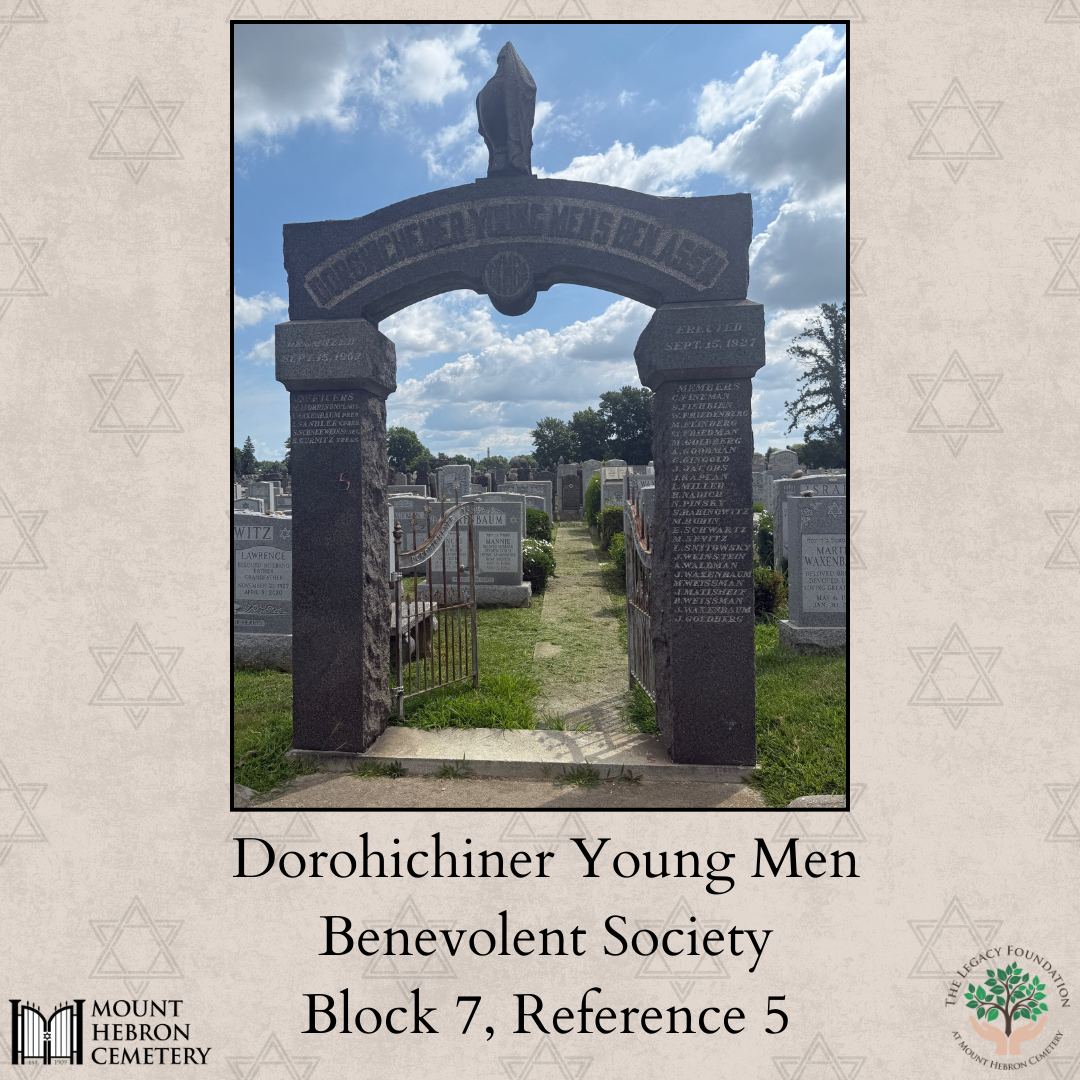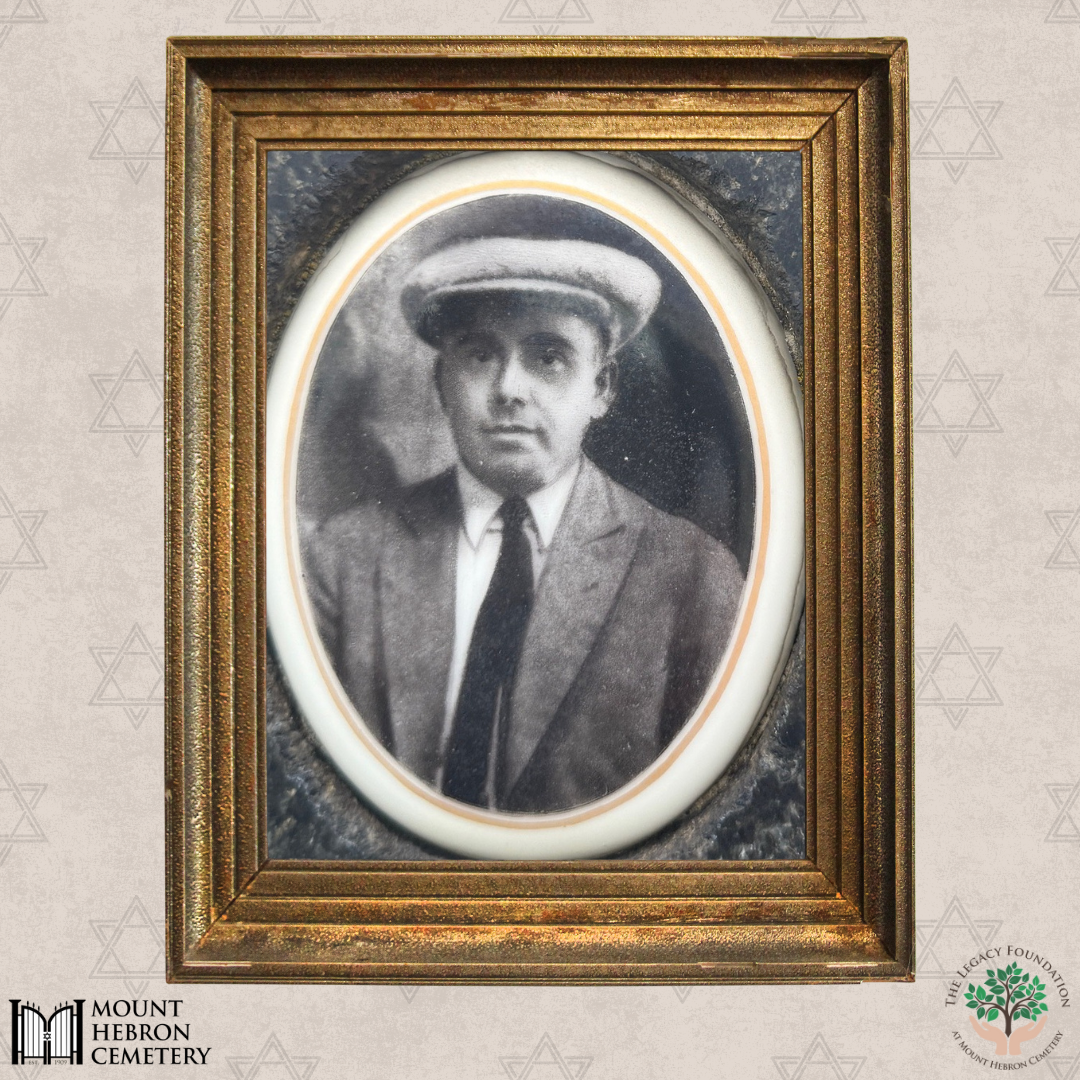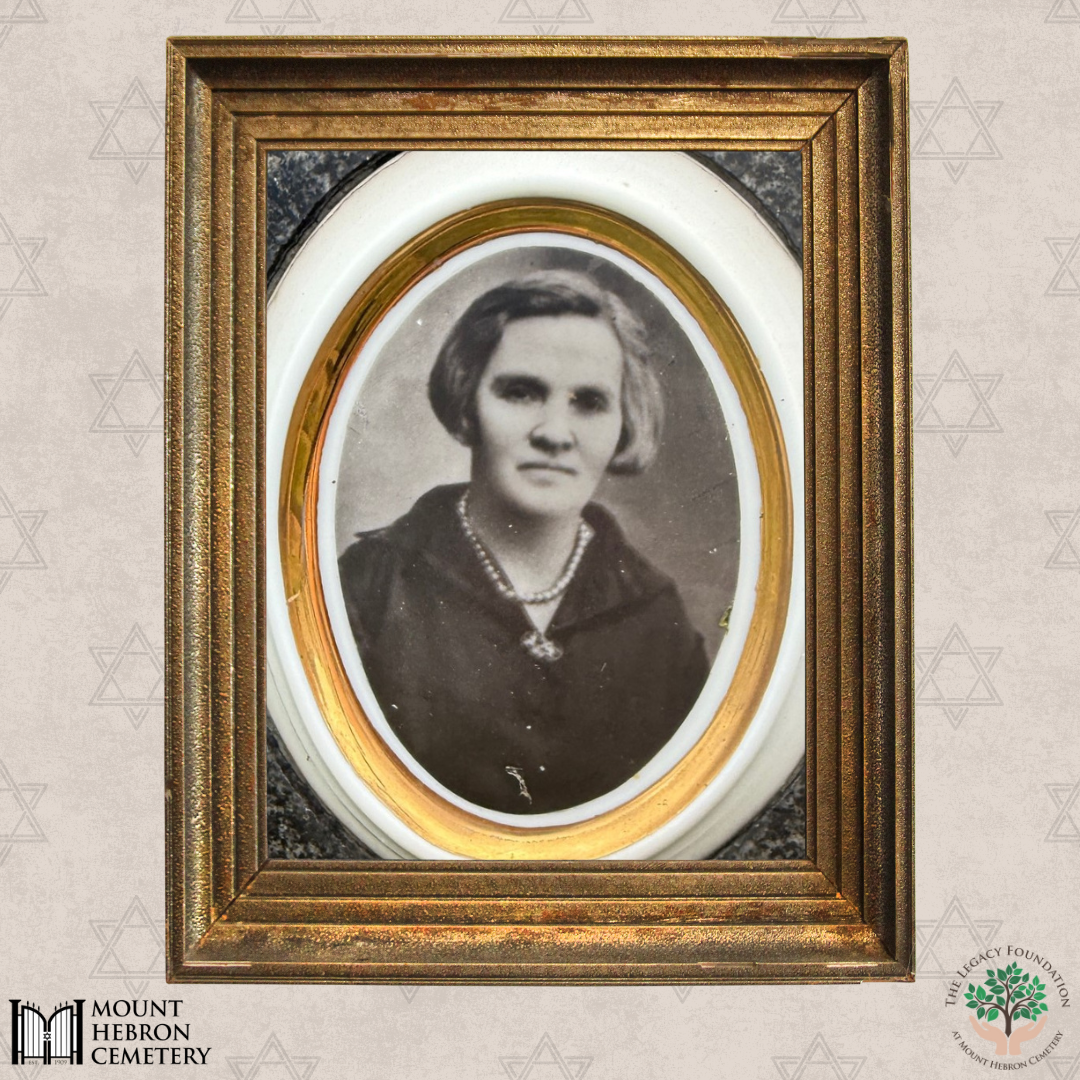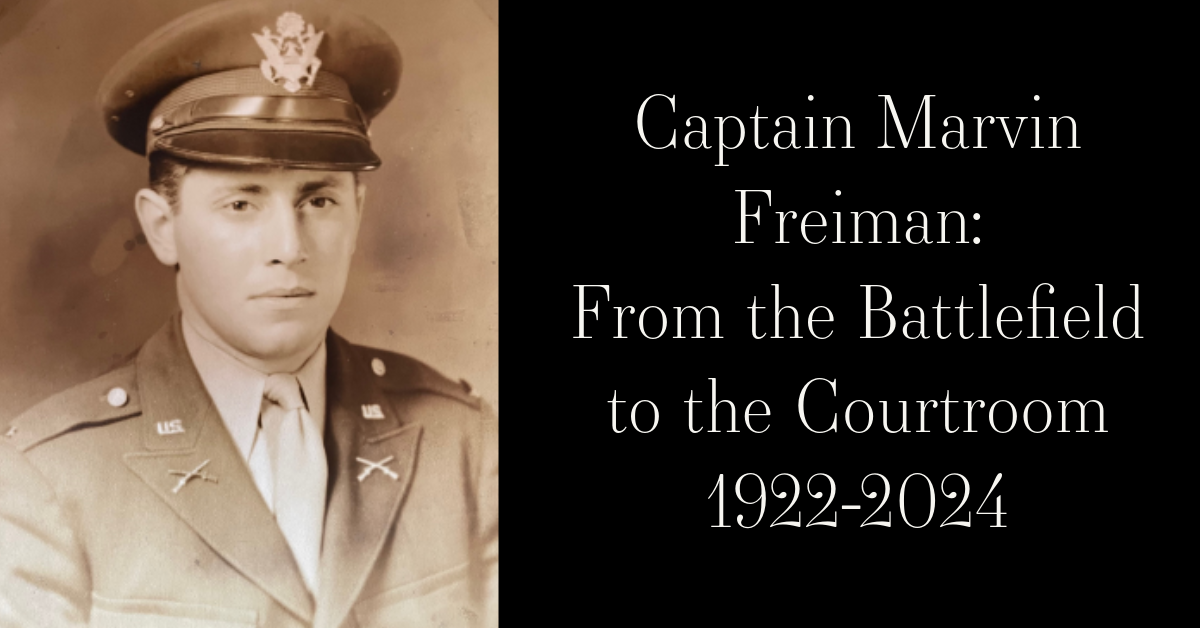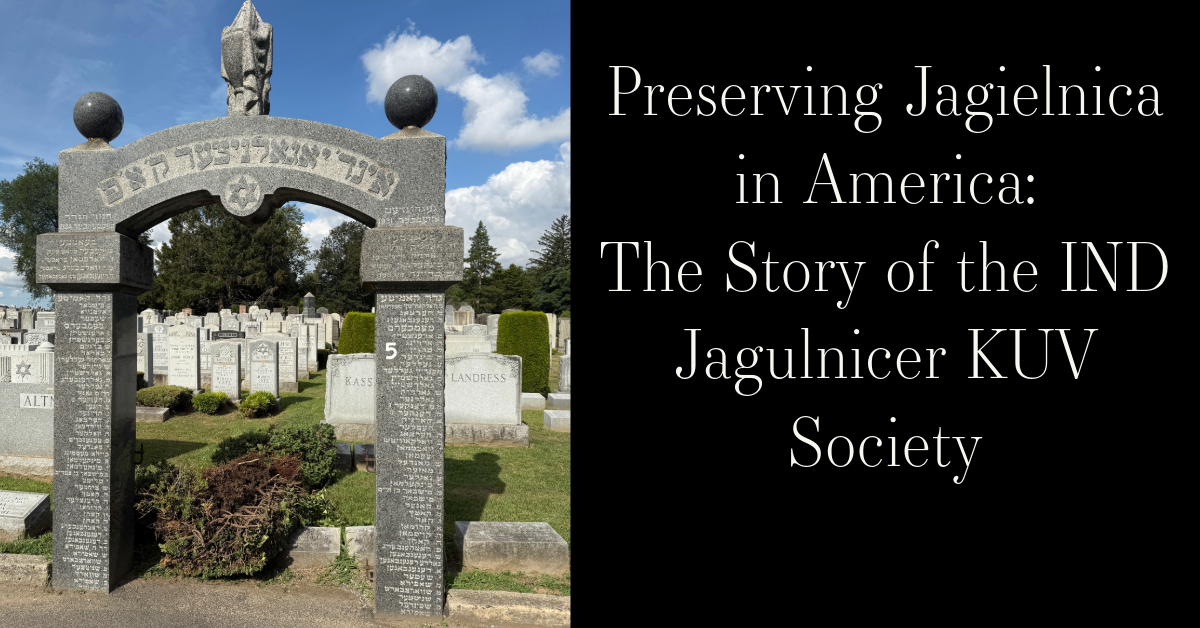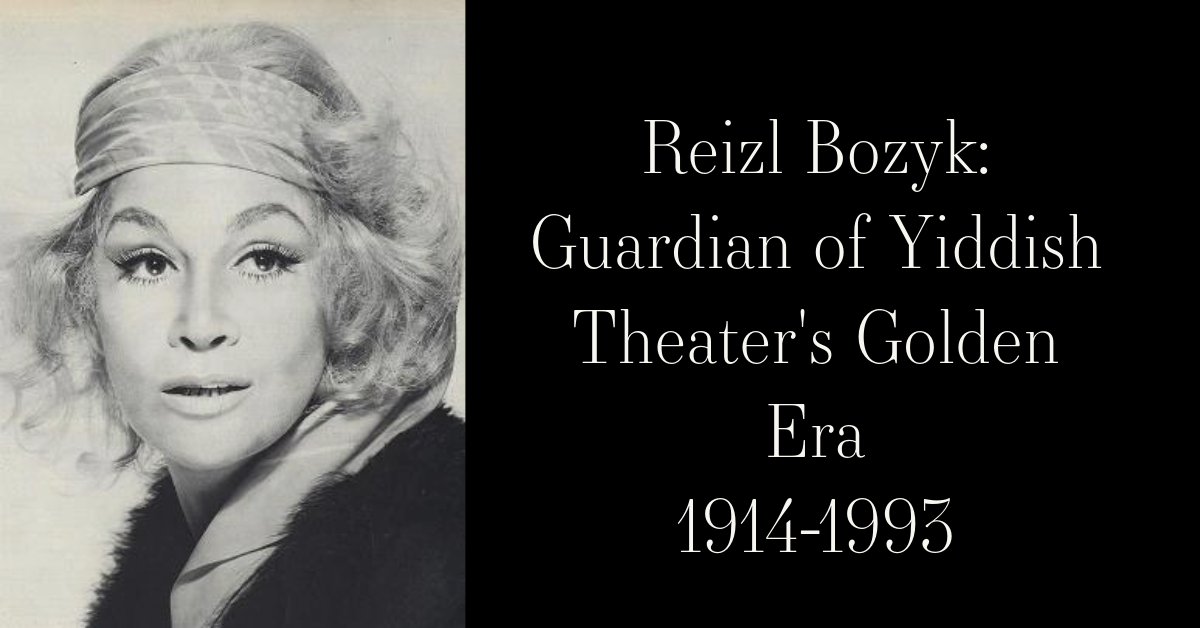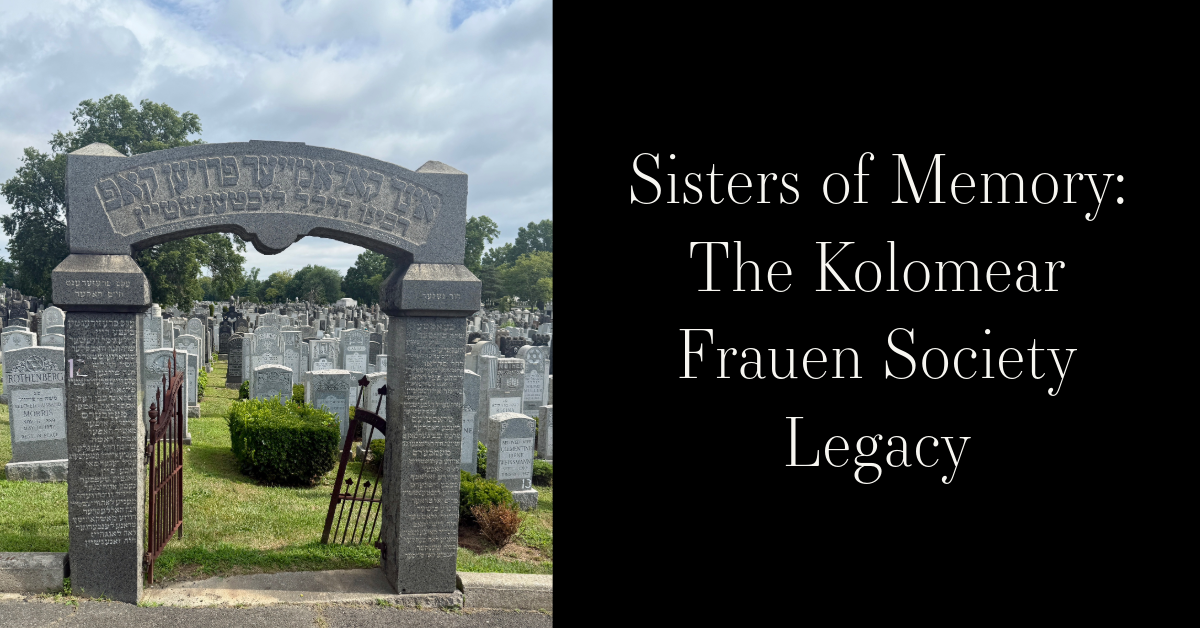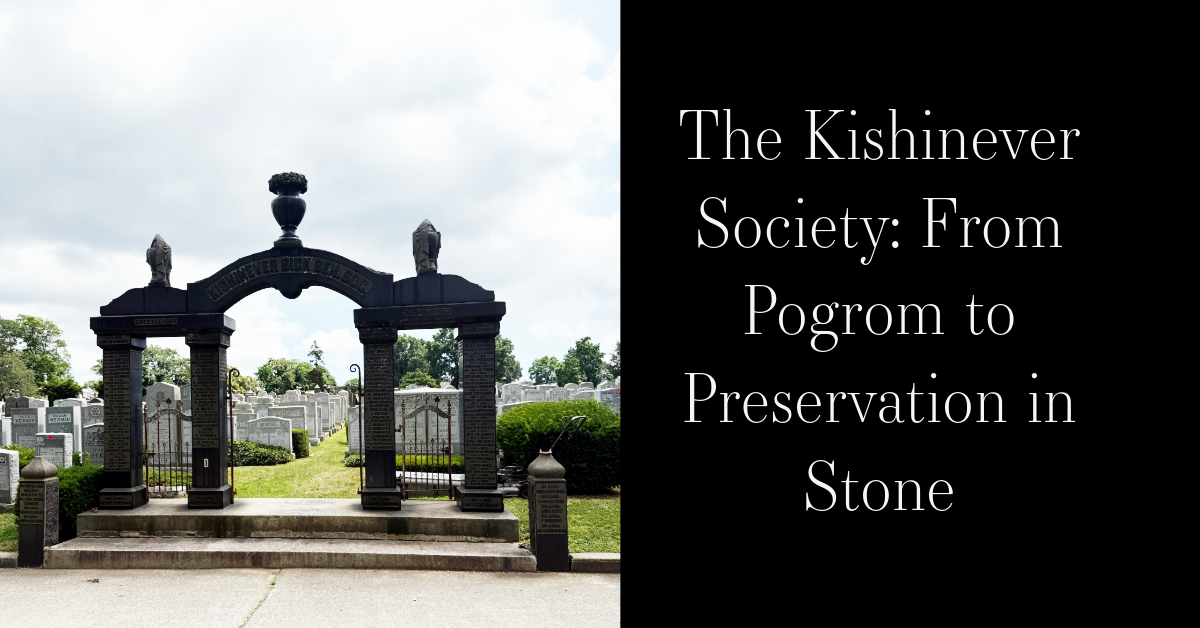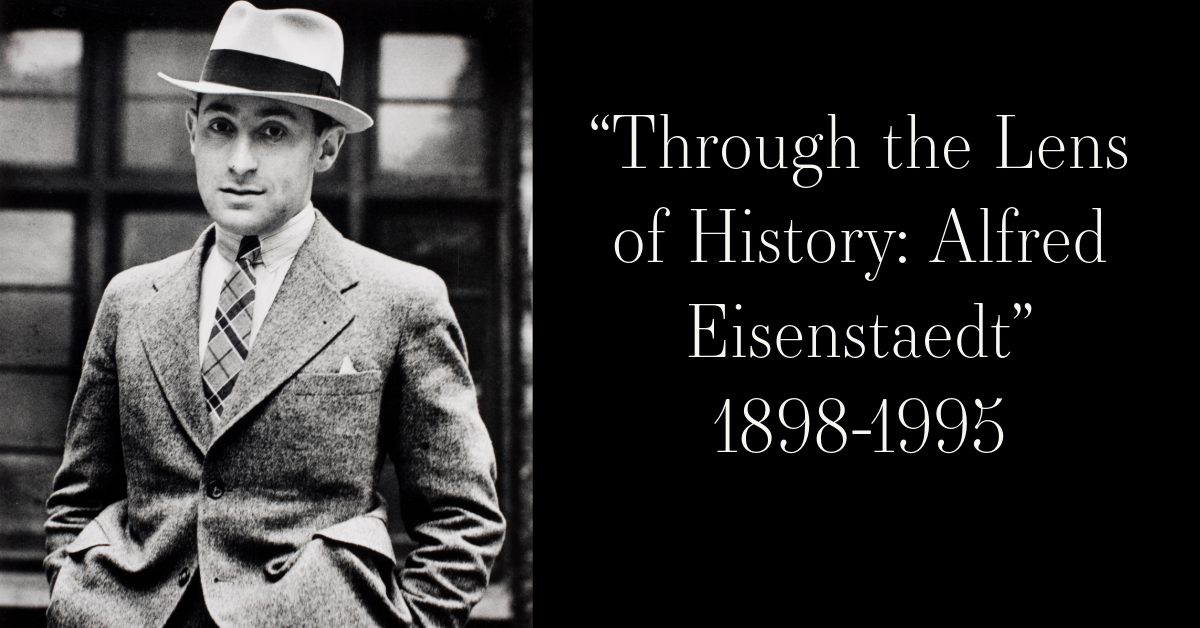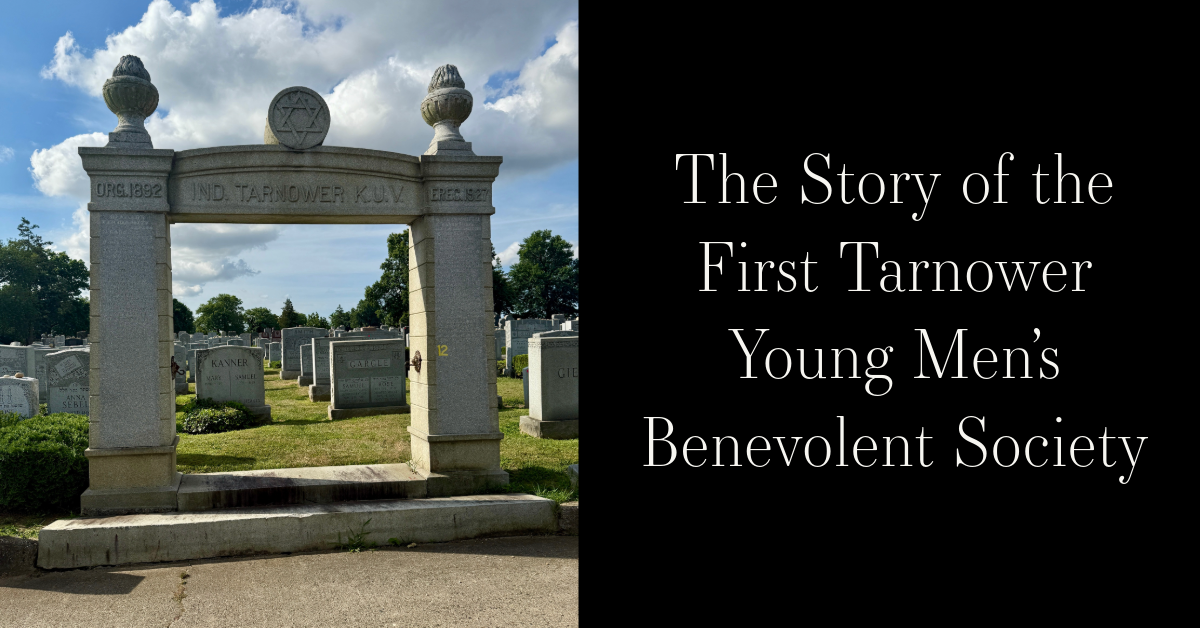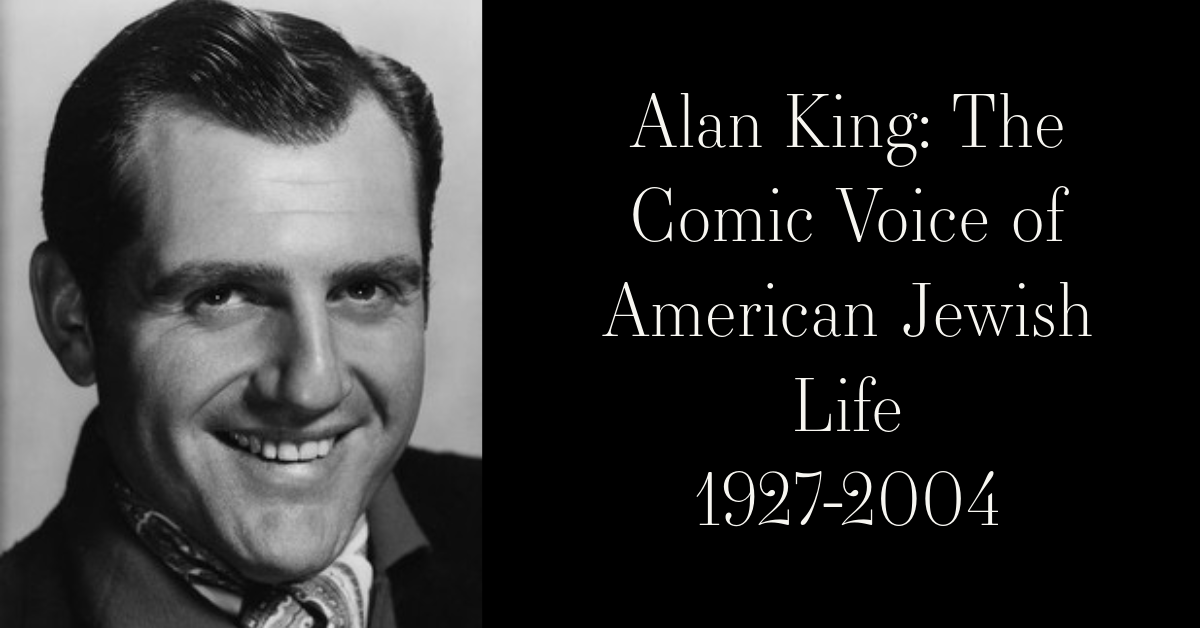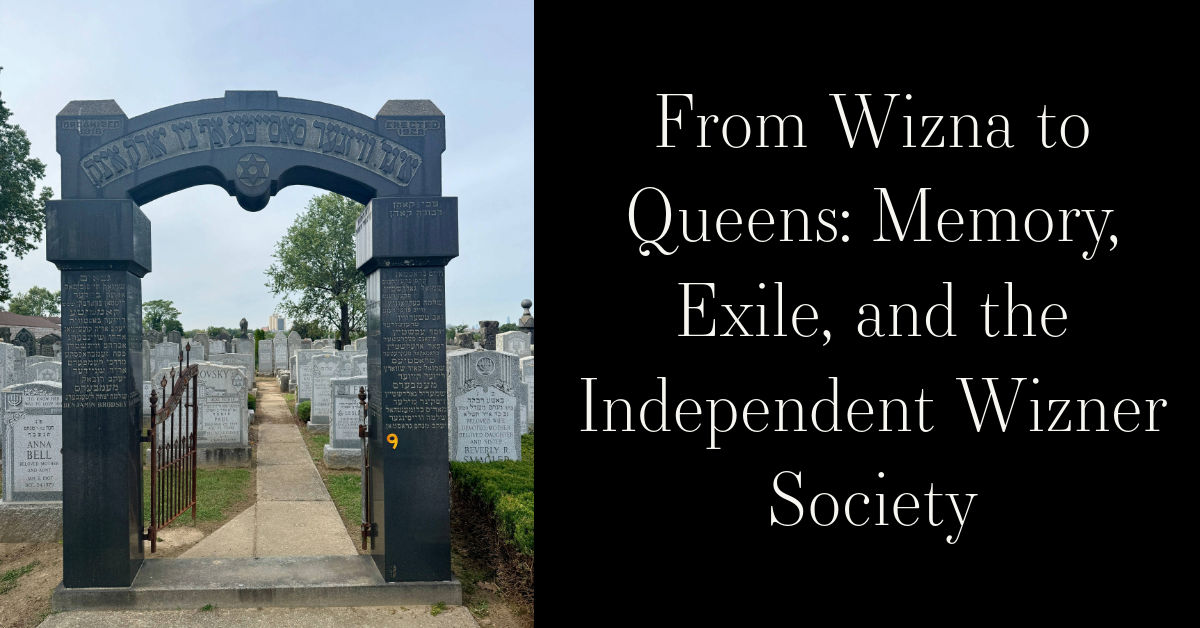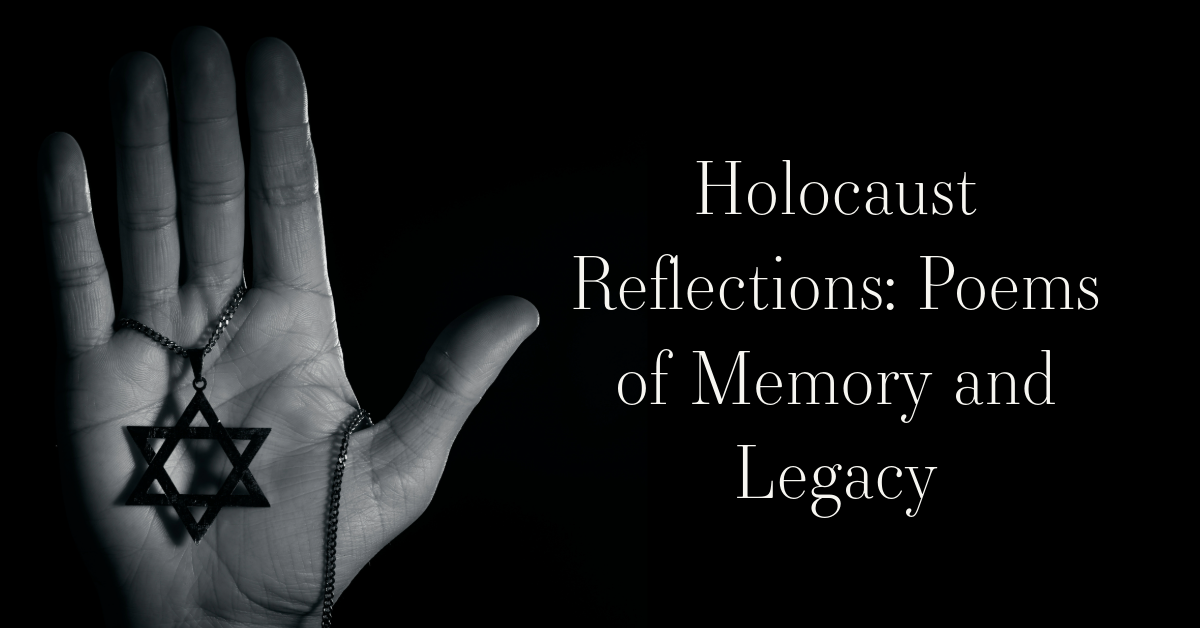Story Summary:
The Dorohichiner Young Men Society was a mutual aid organization founded by Jewish immigrants from Dorohichin, a once-thriving town in what is now western Ukraine, whose Jewish population was destroyed during the Holocaust. Like many landsmanshaftn formed in early 20th century New York, the society offered its members financial support, burial arrangements, and a sense of community rooted in shared origin. Although little direct documentation survives, its legacy remains visible through a burial plot and memorial gate at Mount Hebron Cemetery in Queens. These physical markers stand as enduring reminders of the town's lost Jewish community and the efforts of immigrants who preserved its memory through collective care and remembrance.
Remembering the Dorohichiner Young Men Benevolent Society
In the bustling immigrant neighborhoods of early 20th century New York, mutual aid societies served as lifelines for newly arrived Jewish families. One such group, the Dorohichiner Young Men Society, appears in burial records at Mount Hebron Cemetery, linked to individual interments and a shared burial plot. While little direct documentation about the organization has surfaced, the name itself offers clues. It suggests a community of young Jewish men from Dorohichin, a town in Eastern Europe, who came together in the United States to maintain their identity, support one another, and honor their dead. Like many similar landsmanshaftn, or hometown-based societies, the Dorohichiner Young Men Society likely provided not only burial arrangements but also financial help during illness, spiritual connection, and a social outlet in a foreign land.
Dorohichin, sometimes spelled Derazhichin, was a small town in the Volhynia region, which historically belonged to Poland, then later the Russian Empire, and today is located in western Ukraine. The town had a vibrant Jewish population before the Holocaust. Jews in Dorohichin lived primarily as merchants, tradesmen, and scholars, and they formed an integral part of the local culture. According to census records and community histories compiled by Yad Vashem and JewishGen, the Jewish community in Dorohichin had synagogues, schools, and a strong communal structure. Tragically, like so many other Eastern European towns, Dorohichin was devastated during World War II. In 1942, its Jewish population was rounded up by Nazi forces and either executed in mass shootings or deported to extermination camps. Few survived. The loss of life was catastrophic, and entire family lines were extinguished in the span of months.
For those who managed to escape earlier waves of persecution and immigration hardship, America offered the hope of safety and renewal. Arriving in New York, immigrants from towns like Dorohichin often found themselves among others from the same region. This shared background became the foundation for forming organizations such as the Dorohichiner Young Men Society. Though its primary purpose may have been to arrange proper Jewish burials and help with expenses during illness or death, these societies often served as centers of social life. They hosted meetings, banquets, lectures, and holiday celebrations. They also helped preserve the memory of their hometowns through ritual, storytelling, and physical memorials such as cemetery gates and monuments.
Today, the existence of the Dorohichiner Young Men Society can still be traced through the gate at Mount Hebron Cemetery in Queens, where society members were buried alongside their landsleit. The gate is more than just an entrance to a burial plot. It is a marker of a once-living community, transplanted across continents but still tied by loyalty, memory, and tradition. These small patches of land became sacred ground, not only for the dead but for the memory of destroyed towns and shattered communities. The society’s name endures on gravestones and memorial plaques, long after the organization itself may have ceased active operations. The descendants of Dorohichiner immigrants may now be scattered, but through these records and resting places, a link to the past remains intact.
The story of the Dorohichiner Young Men Society is part of a much larger narrative of Jewish migration, loss, and preservation. In cemeteries across the New York metropolitan area, dozens of similar societies left their marks. They remind us of the power of community, the importance of mutual care, and the enduring impact of those who refused to let their heritage be forgotten. The memory of Dorohichin, once a thriving Jewish town now erased by war, lives on in the society that bore its name and in the people who honored it by building a future in a new world.
~Blog by Deirdre Mooney Poulos
Work Cited:
JewishGen Communities Database:
https://www.jewishgen.org/Communities/
United States Holocaust Memorial Museum:
https://www.ushmm.org
Yad Vashem
https://yvng.yadvashem.org
New York Public Library – Landsmanshaftn Archives:
https://www.nypl.org
Center for Jewish History – Genealogy & Landsmanshaftn Resources: https://www.cjh.org
Jewish Virtual Library – Jewish Immigration and Eastern Europe: https://www.jewishvirtuallibrary.org


